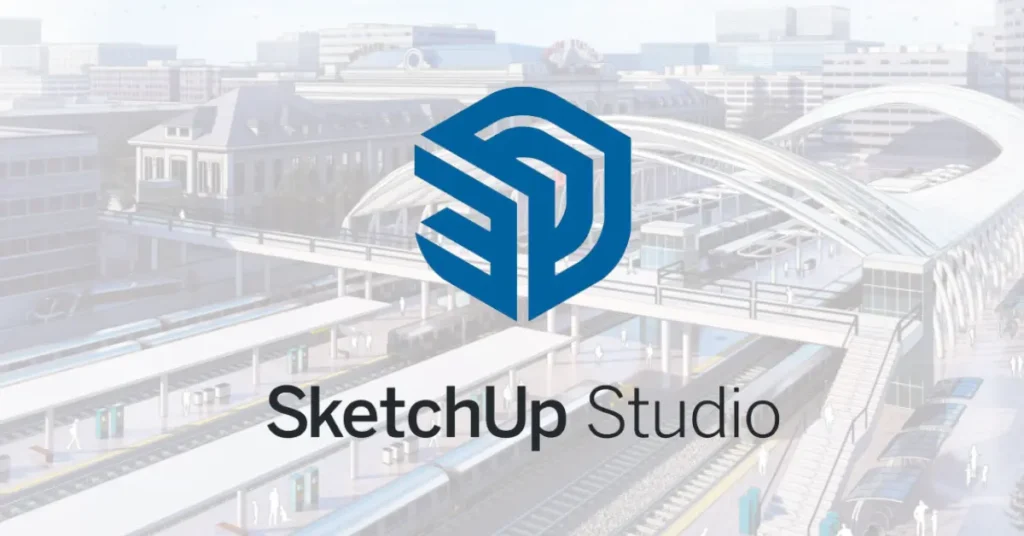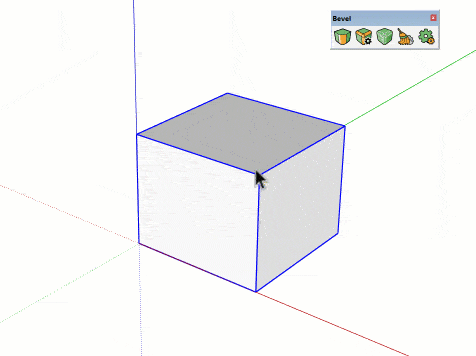Unlocking Advanced Design Capabilities with Point Clouds in SketchUp Studio

Integrating point cloud data into SketchUp has traditionally presented challenges due to the software’s native limitations in handling such complex datasets. However, with the introduction of SketchUp Studio, users now have a streamlined pathway to harness the power of point clouds directly within their SketchUp environment. This comprehensive guide explores the myriad benefits of leveraging point clouds in SketchUp Studio, delving into the integration process, workflow enhancements, cost considerations, and the transformative impact on design precision and efficiency.
Understanding Point Clouds: A Foundation for Advanced Design
Before delving into the intricacies of integrating point clouds into SketchUp Studio, it’s essential to understand what point clouds are and why they are invaluable for design professionals. Point clouds are dense collections of data points in 3D space, generated through laser scanning, photogrammetry, or LiDAR technology. These data points represent precise measurements of surfaces, objects, and environments, offering a highly accurate digital representation of physical spaces.
The richness and detail of point cloud data make it an invaluable resource for various industries, including architecture, engineering, construction, and heritage preservation. Design professionals leverage point clouds to capture existing conditions, conduct accurate site surveys, and inform design decisions with real-world data. However, incorporating point cloud data into design software like SketchUp has historically been complex and challenging, requiring specialized tools and workflows.
SketchUp Studio: Empowering Design with Point Cloud Integration
SketchUp Studio represents a significant advancement in the integration of point cloud data into the SketchUp environment. At its core, SketchUp Studio is a comprehensive suite of tools and features tailored to the needs of design professionals, offering advanced capabilities for 3D modeling, visualization, collaboration, and documentation. With the inclusion of Scan Essentials, SketchUp Studio provides users with a seamless pathway to import, manage, and model with point cloud data directly within SketchUp.
The Evolution of SketchUp Studio
SketchUp Studio builds upon the foundation of SketchUp Pro, the industry-standard 3D modeling software trusted by millions of design professionals worldwide. While SketchUp Pro excels in creating conceptual models and architectural visualizations, SketchUp Studio expands upon this functionality, offering additional tools and workflows to support advanced design processes. From parametric modeling and data interoperability to dynamic components and advanced rendering, SketchUp Studio equips users with the tools they need to tackle complex design challenges effectively.
Introducing Scan Essentials: Unlocking the Power of Point Clouds
At the heart of SketchUp Studio’s point cloud capabilities lies Scan Essentials, a powerful extension that revolutionizes the way users work with point cloud data. Scan Essentials streamlines the process of importing point cloud data into SketchUp, offering support for a wide range of file formats, including .las, .laz, .e57, and more. Users can seamlessly import point cloud data acquired from laser scanners, LiDAR devices, or photogrammetry software, ensuring compatibility with various scanning technologies and workflows.
Streamlined Workflow: From Import to Modeling
With Scan Essentials, the process of working with point clouds in SketchUp becomes remarkably straightforward. Upon importing point cloud data into SketchUp, users gain access to a suite of powerful tools for managing, editing, and modeling with point clouds. Scan Essentials provides intuitive controls for adjusting point density, isolating specific regions of interest, and enhancing the clarity of the data, empowering users to extract valuable insights and inform their design decisions.
Modeling with Precision and Confidence
One of the most significant advantages of leveraging point clouds in SketchUp Studio is the ability to model with unparalleled precision and accuracy. By overlaying point cloud data within the SketchUp environment, users can seamlessly integrate existing conditions into their design workflows, ensuring that their models align with real-world dimensions and constraints. Whether designing architectural renovations, urban landscapes, or industrial facilities, SketchUp Studio enables users to create models grounded in accurate spatial data, fostering greater confidence in the design process.
Navigating the Cost of SketchUp Studio: Investing in Design Excellence
While the benefits of SketchUp Studio’s point cloud integration are undeniable, it’s essential to consider the cost implications associated with upgrading to SketchUp Studio. Compared to the standard SketchUp Pro subscription, SketchUp Studio commands a higher price point, reflecting the added value of integrated tools like Scan Essentials, advanced rendering capabilities, and comprehensive BIM modeling features.
Evaluating the Return on Investment
For design professionals and firms that regularly work with point cloud data or require the advanced features offered by SketchUp Studio, the investment can yield substantial returns in terms of workflow efficiency, design accuracy, and project collaboration. By streamlining the integration of point clouds into the design process, SketchUp Studio enables users to deliver projects more efficiently, minimize errors, and enhance client satisfaction. Additionally, the comprehensive toolset offered by SketchUp Studio equips users with the capabilities to tackle a diverse range of design challenges, from schematic design and construction documentation to visualization and presentation.
Cost-Benefit Analysis: Aligning Investment with Business Objectives
Despite the undeniable benefits of SketchUp Studio, individual users and small firms must carefully evaluate the cost-benefit ratio to ensure that the investment aligns with their business objectives and project requirements. While SketchUp Studio offers a wealth of advanced features and capabilities, it may represent a significant financial commitment for some users, particularly those with limited budgets or occasional need for point cloud integration. As such, conducting a thorough cost-benefit analysis can help users determine whether the enhanced capabilities of SketchUp Studio justify the investment relative to their specific needs and priorities.
Conclusion: Embracing the Future of Design with SketchUp Studio
In conclusion, SketchUp Studio represents a transformative platform for design professionals seeking to unlock the full potential of point cloud data in their SketchUp workflows. By seamlessly integrating point clouds into the design process, SketchUp Studio empowers users to create models that are not only visually stunning but also grounded in real-world accuracy and detail. From architectural renovations and urban planning to heritage preservation and industrial design, SketchUp Studio offers a versatile toolkit for tackling a diverse range of design challenges with confidence and precision.
As the demand for more detailed and accurate modeling solutions continues to grow, SketchUp Studio with Scan Essentials emerges as a game-changing solution for design professionals navigating the complexities of modern design projects. While the investment in SketchUp Studio may require careful consideration, the benefits of enhanced design capabilities, streamlined workflows, and improved project outcomes make it a compelling choice for those committed to excellence in design. By embracing SketchUp Studio, users can elevate their design practice, streamline their workflows, and unlock new possibilities in the world of 3D modeling and design.












